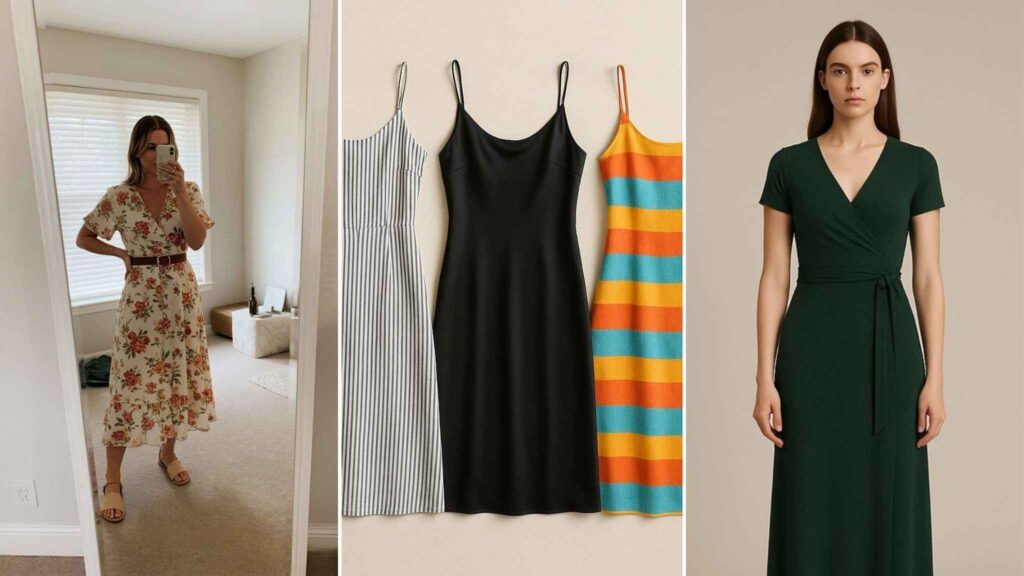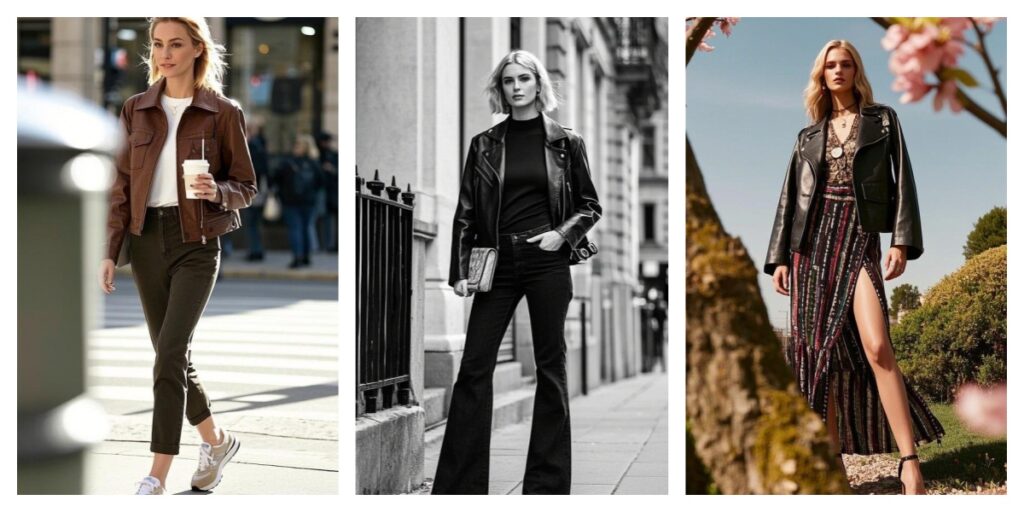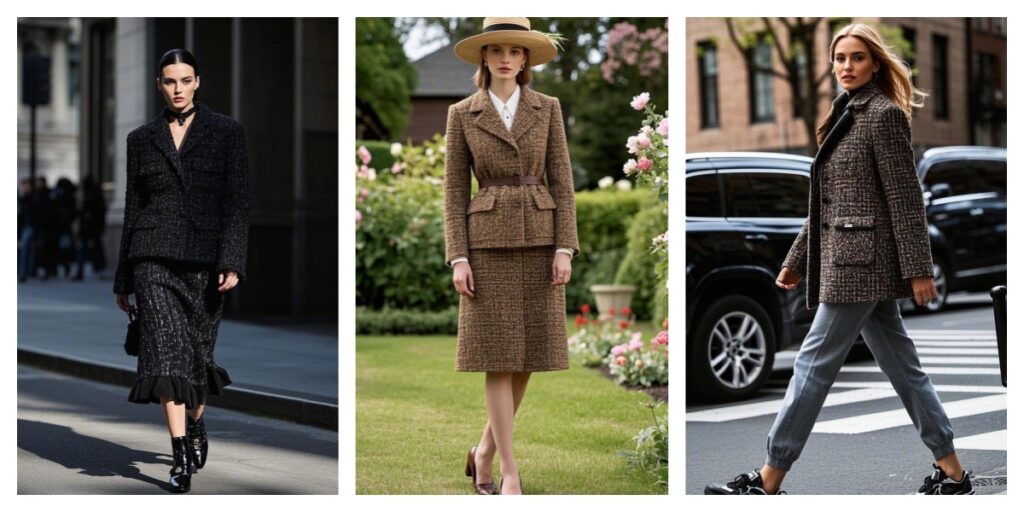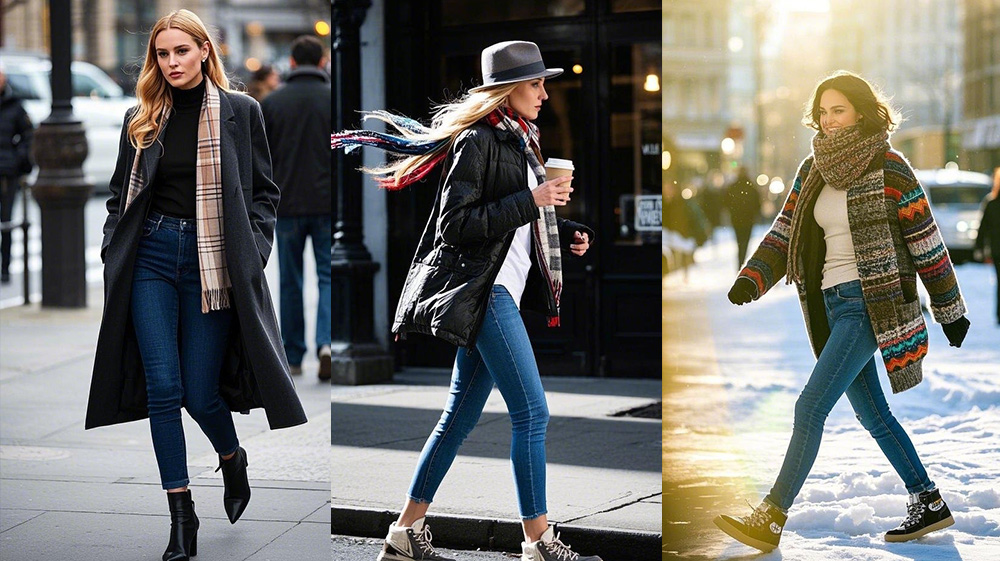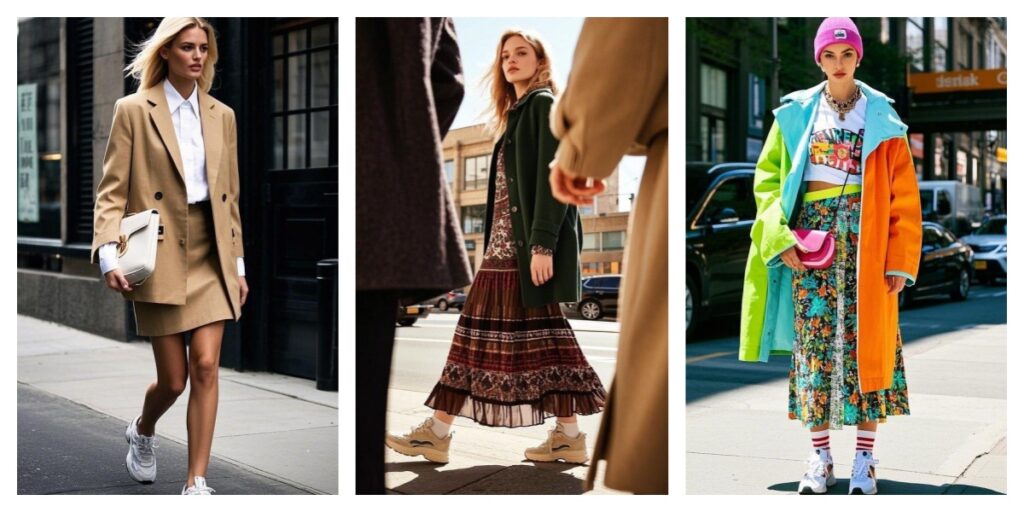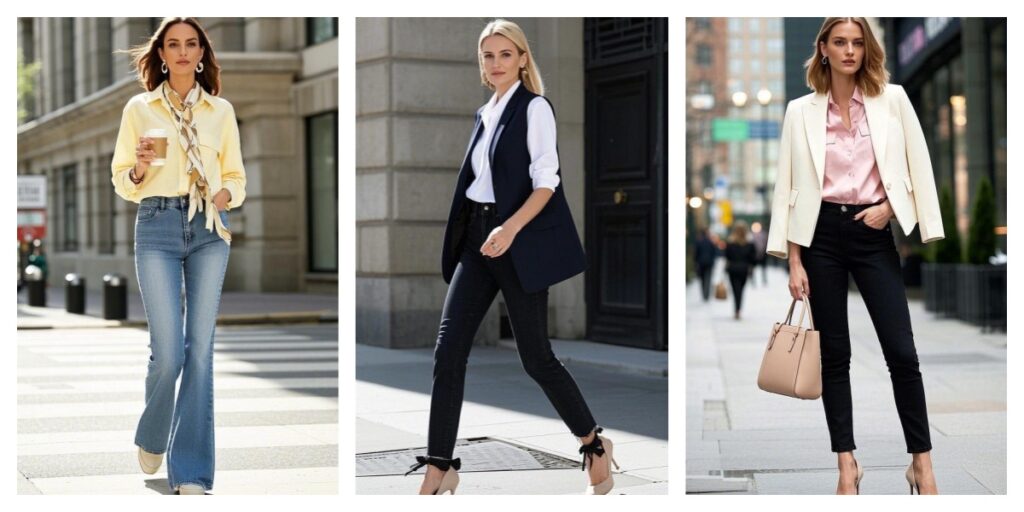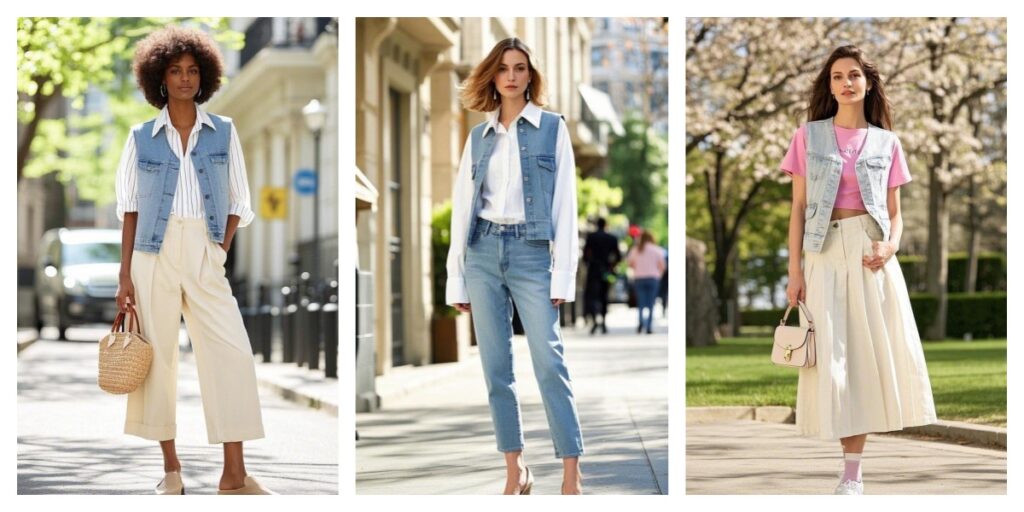Introduction
Maxi dresses are the sartorial equivalent of a Swiss-army knife: one garment that seamlessly shifts from beach strolls to brunch dates to black-tie weddings with a simple change of shoes and accessories. Their ankle-grazing length feels romantic, practical, and—thanks to modern fabric technology—blissfully comfortable. Yet many shoppers still pause in front of the fitting-room mirror wondering: Are maxi dresses slimming or do they drown my frame? That question usually divides fashion lovers into two camps. Some swear by the effortless column of fabric that seems to skim over every lump and bump; others worry that all that material adds unwanted bulk or emphasizes height in a daunting way.
This article unpacks the factors that make a dress visually slimming, digs into the “science” of the maxi silhouette, and—most importantly—shares stylist-approved hacks for choosing and styling a floor-length frock so it flatters rather than overwhelms. By the end, you’ll know exactly which design details to seek out (and avoid) so you can step out in a maxi dress that not only turns heads but also celebrates your shape.
1. What Makes a Dress Slimming?
Before zeroing in on maxi dresses, it helps to define the visual cues that universally create a slimmer impression:
- Vertical directionality – Lines, seams, or patterns that travel top to bottom guide the eye along a continuous path, making the wearer appear taller and narrower.
- Strategic shaping – A dress that hugs (not squeezes) the narrowest part of the torso, then gently releases, avoids both cling and excess volume.
- Even drape and movement – Fabrics that fall smoothly from shoulder to hem, rather than bunching or sticking, disguise minor fluctuations in shape.
- Low-contrast palettes – Solid, deeper hues (charcoal, navy, forest) reduce visual “noise,” allowing the fabric’s line to read uninterrupted. This doesn’t mean you must live in black, but monochrome or tone-on-tone looks keep the silhouette sleek.
- Thoughtful construction – Princess seams, subtle darts, and well-placed panels funnel the eye inward. Conversely, boxy cuts, dropped waists, and wide horizontal bands break up the body and can create breadth.
When these elements work in concert—even on a casual cotton dress—the result is a polished, lengthened impression that often gets labeled “slimming.”

2. The Science Behind the Maxi Cut
A maxi dress, by definition, extends below the ankle or brushes the tops of your shoes. That single, uninterrupted vertical panel does something remarkable: it lets the eye travel from collarbone to floor without a visual stop sign. Imagine reading a paragraph with no punctuation—it moves faster. Similarly, a garment with no hem-break at the calf or knee offers a continuous, elongating line.
In optical psychology, the brain completes shapes by drawing invisible borders. When fabric flows freely past the widest point of the hips and thighs, it “completes” the body as a longer, simpler shape. This is true whether you’re petite, tall, curvy, or athletic.
For shorter frames, concerns about “looking shorter” can be mitigated with the right proportion tricks (more on that later). For fuller figures, the long canvas can skim over curves while preserving definition at the waist or under the bust—a subtle homage to the golden-ratio principle. Even lankier bodies benefit: the maxi’s swath of fabric adds just enough volume to suggest movement and shape, preventing the “beanpole” effect without adding width.
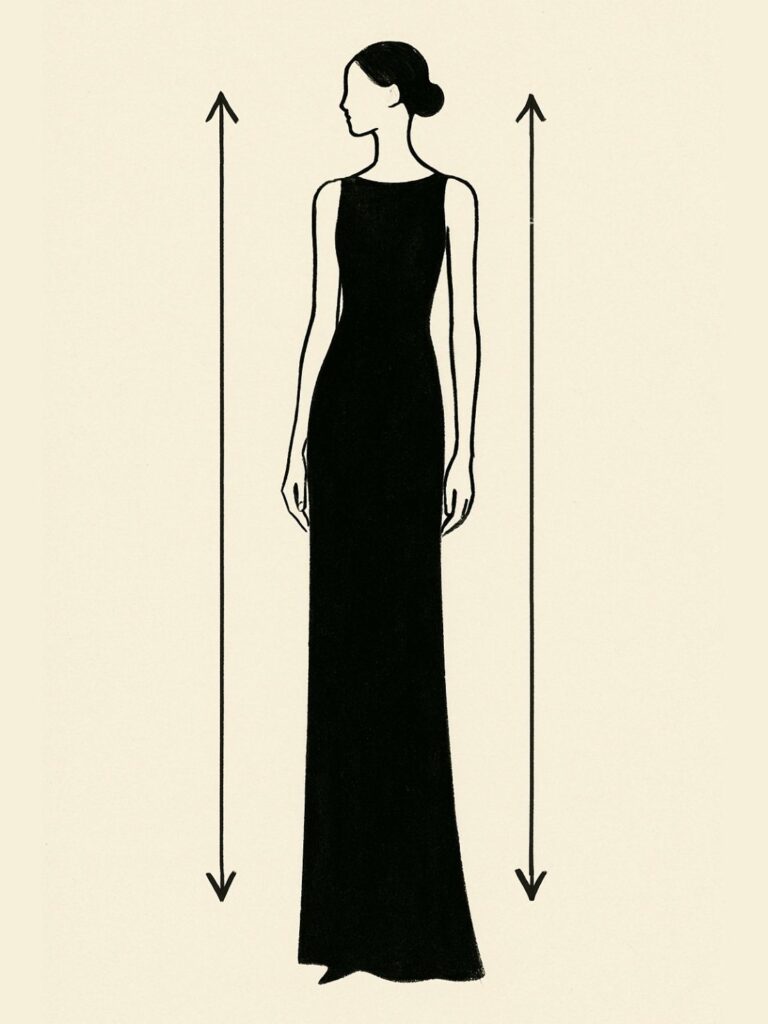
3. Best Maxi Dress Features for a Slimming Look
- Empire Waists: Sitting just below the bust, an empire seam allows fabric to flow over the mid-section. This high waistline elongates the lower torso and legs simultaneously—a win-win for petite and fuller figures alike.
- Wrap Constructions: The classic wrap creates a natural V-neck and lets you cinch the waist as snug or loose as you like. The diagonal tie also creates visual movement that cuts across the midsection, intensifying the hourglass illusion.
- Deep V-Necks (or Surplice Fronts): A plunging—but still tasteful—V draws the gaze vertically toward the face and can visually narrow broader shoulders or chests.
- Side Slit: A strategic slit starting at mid-calf or knee breaks up the fabric mass and flashes a column of leg when you walk. This small reveal tricks the brain into seeing two parallel lines, adding further length.
- Subtle Ruching or Pleats: Gathered fabric concentrated along side seams or angled toward the center pulls the eye inward. The ruching should be soft, not bulky—think accordion folds, not accordion instrument!
- Color Choices; Dark, saturated hues are classic for a reason, but don’t rule out jewel tones (emerald, garnet, sapphire) or chic neutrals (olive, taupe). Busy prints can work if the motif is narrow and vertical—a cascade of tiny florals versus jumbo horizontal stripes.
When shopping, skim the garment label for hints: fabrics like matte jersey, lightweight crepe, drapey rayon, or Tencel typically skim without clinging; stiff or shiny materials can add visual heft.
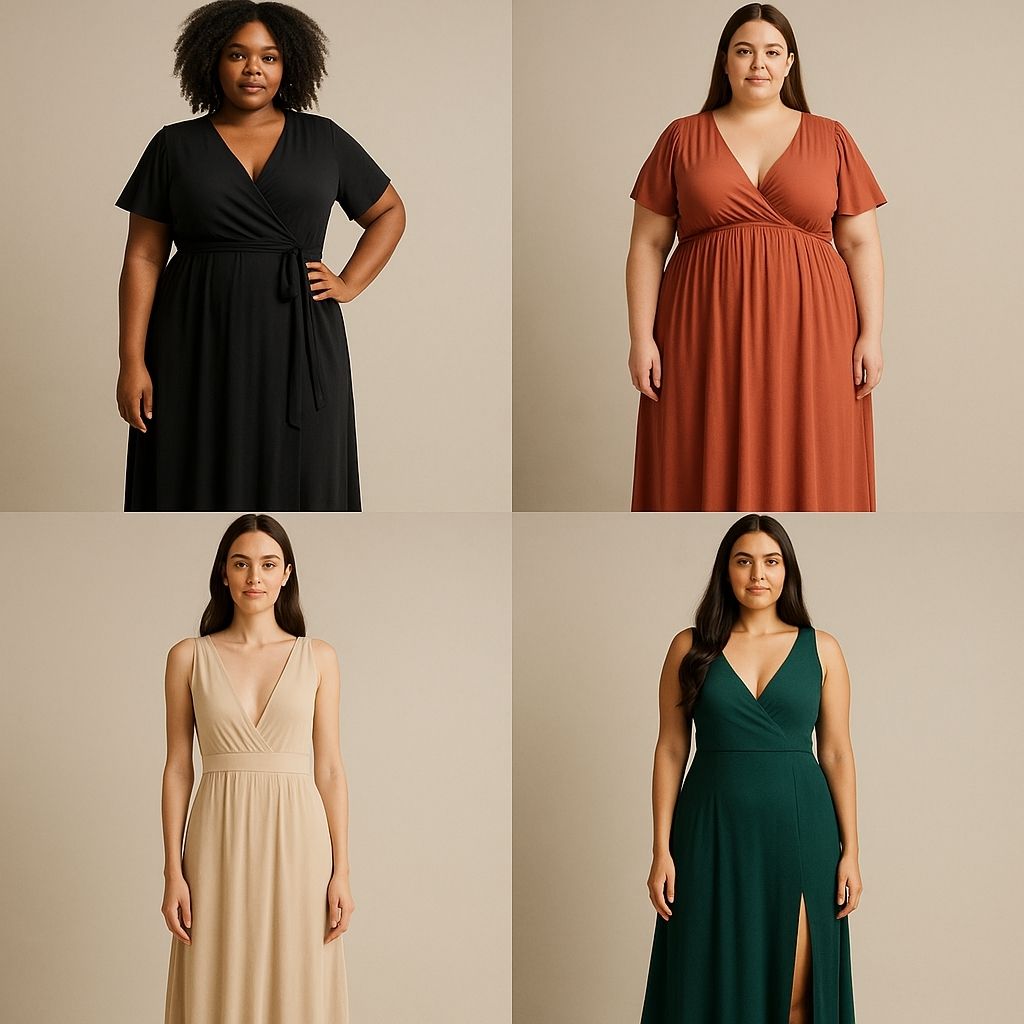
4. Styling Hacks to Maximize the Slimming Effect
A stellar dress is only half the battle; the right supporting cast seals the look.
- Shapewear & Undergarments: Choose breathable, smoothing pieces rather than heavy compression. A high-waist brief or short prevents VPL (visible panty lines) and smooths hip contours so the fabric falls cleanly.
- Belt Placement: Belting isn’t mandatory, but when done well, it instantly snatches the waist. Match the belt’s width to your torso length—narrow (about 1 in) for petites, medium (about 1.5 in) for average heights, and wide (2 in or more) for long torsos. Position slightly above your natural waist to lengthen legs.
- Footwear Matters
– Heels & Wedges: Even a two-inch block heel lifts the hem off the ground and keeps posture upright.
– Point-Toe Flats: If heels aren’t your jam, choose pointed-toe flats or low-vamp mules; the tapered shape extends your leg line.
– Color Syncing: Matching shoe color to dress (or skin tone for nude sandals) avoids a hard cut at the ankle. - Layer Strategically: When temps dip, reach for cropped jackets or denim boleros that hit at the narrowest waist point, not the hips. Long cardigans are cozy but can create column overload—counterbalance with a belt or go for mid-thigh dusters to keep proportion intentional.
- Posture & Movement: No garment can out-perform poor posture. Shoulders back, chin parallel to the ground, and purposeful strides allow the maxi’s vertical line to shine.
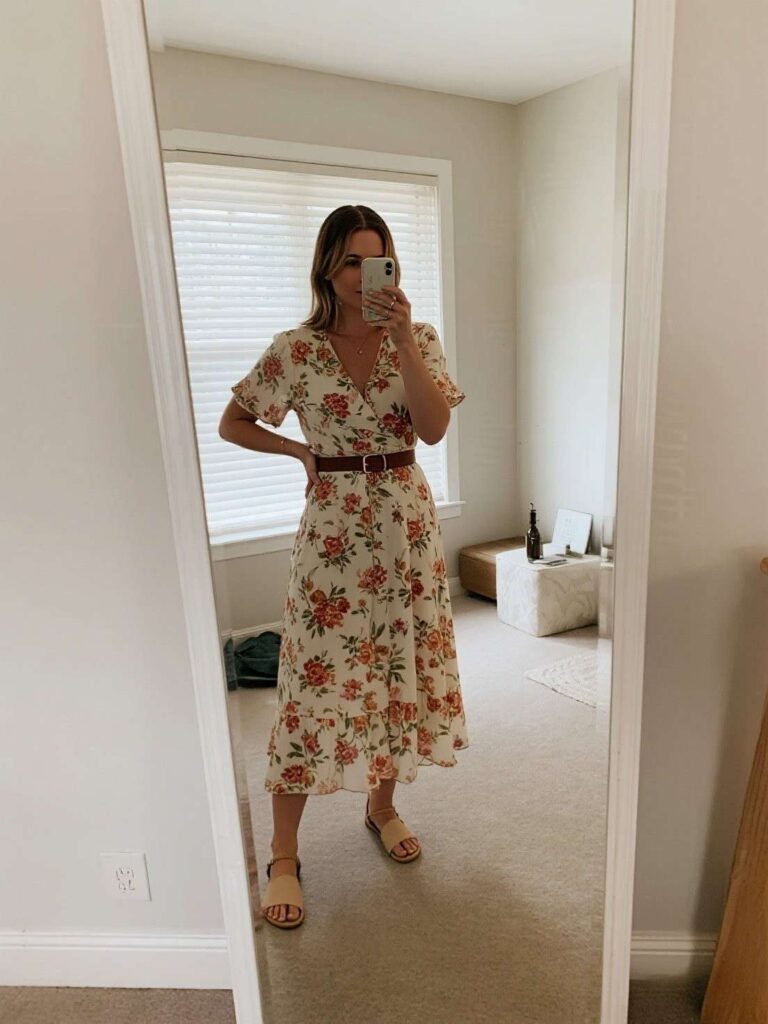
5. Common Mistakes to Avoid
- Swimming in Fabric: “Oversized” should not translate to “tent.” Excessively voluminous cuts erase shape and may even add optical pounds. Aim for ease through the hips but definition somewhere—shoulders, waist, or under-bust.
- Horizontal or Jumbo Prints: Wide stripes, checkerboards, and giant polka dots cause the eye to scan side to side, widening the frame. If you adore print, choose vertical motifs, micro-prints, or color-blocked panels that angle inward.
- Poor Fabric Selection: Super clingy jersey can spotlight every contour, while thick upholstery-like cotton can stand stiffly away from the body. Strike a middle ground: fluid but not flimsy. Perform the “scrunch test”—grab a fistful of fabric and release. If it springs back without deep creases, it’s likely to drape well.
- Incorrect Length: A maxi that stops awkwardly at the ankle bone or drags several inches on the floor breaks that coveted vertical line. Ideally, the hem kisses the top of your foot—showing a hint of shoe toe—when you’re standing tall.
- Neglecting Alterations: Ready-to-wear is designed for an average height. Spending a little on hemming or adjusting straps can turn a good dress into a bespoke-looking one. Remember: a perfect fit always reads slimmer than an almost-there fit.
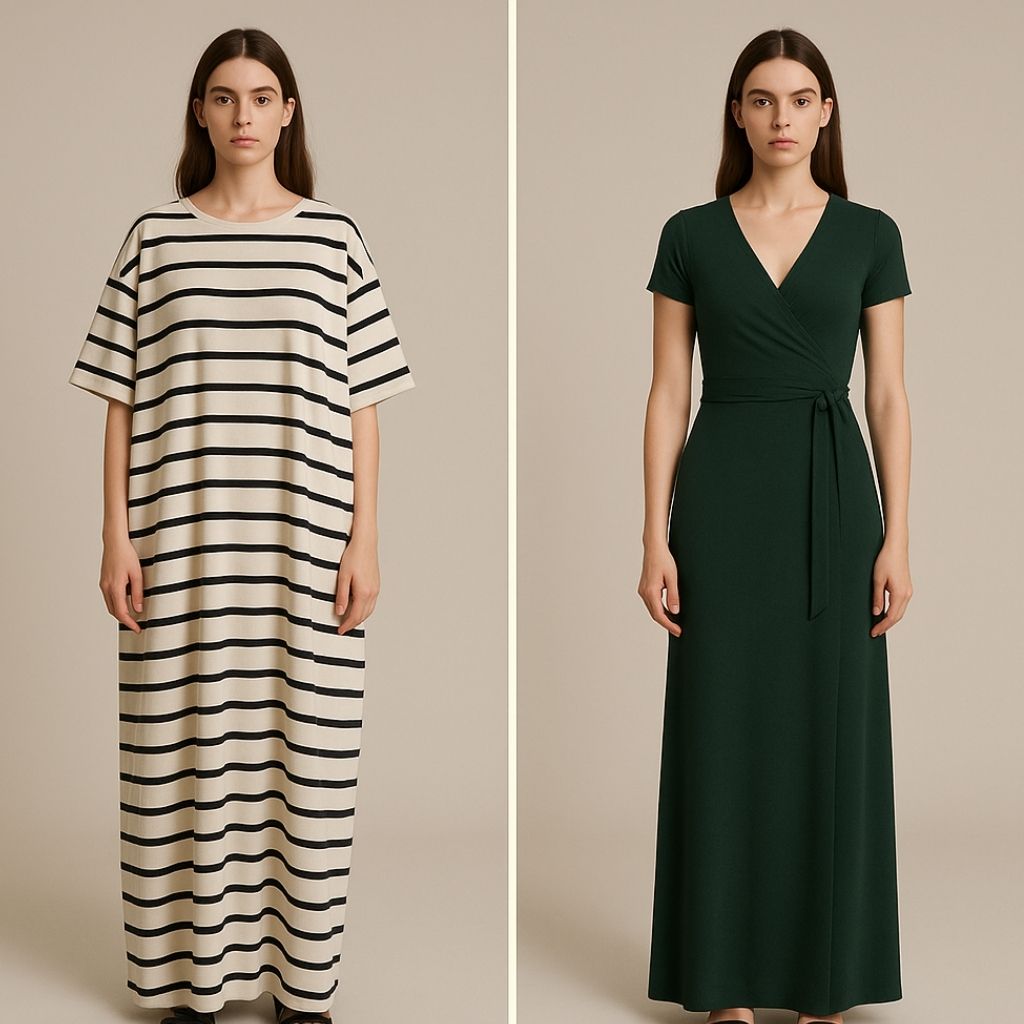
Conclusion
Maxi dresses carry an unjust reputation for being tricky or overwhelming, but the evidence points to the opposite: with thoughtful design features and smart styling, they’re one of the most universally slimming garments in a modern closet. The uninterrupted vertical panel elongates, while tailoring details such as wrap fronts or empire waists carve shape where you want it. Couple that with strategic accessories—belts, refined footwear, light-support underlayers—and the maxi becomes a streamlined, confidence-boosting powerhouse.
So the next time you catch a floor-length dress on the rack, remember: the secret isn’t whether a maxi dress can be slimming. It’s which maxi dress and how you wear it. Focus on fit, fabric fluidity, and proportion, and you’ll glide through every occasion looking effortlessly lean and endlessly elegant.
